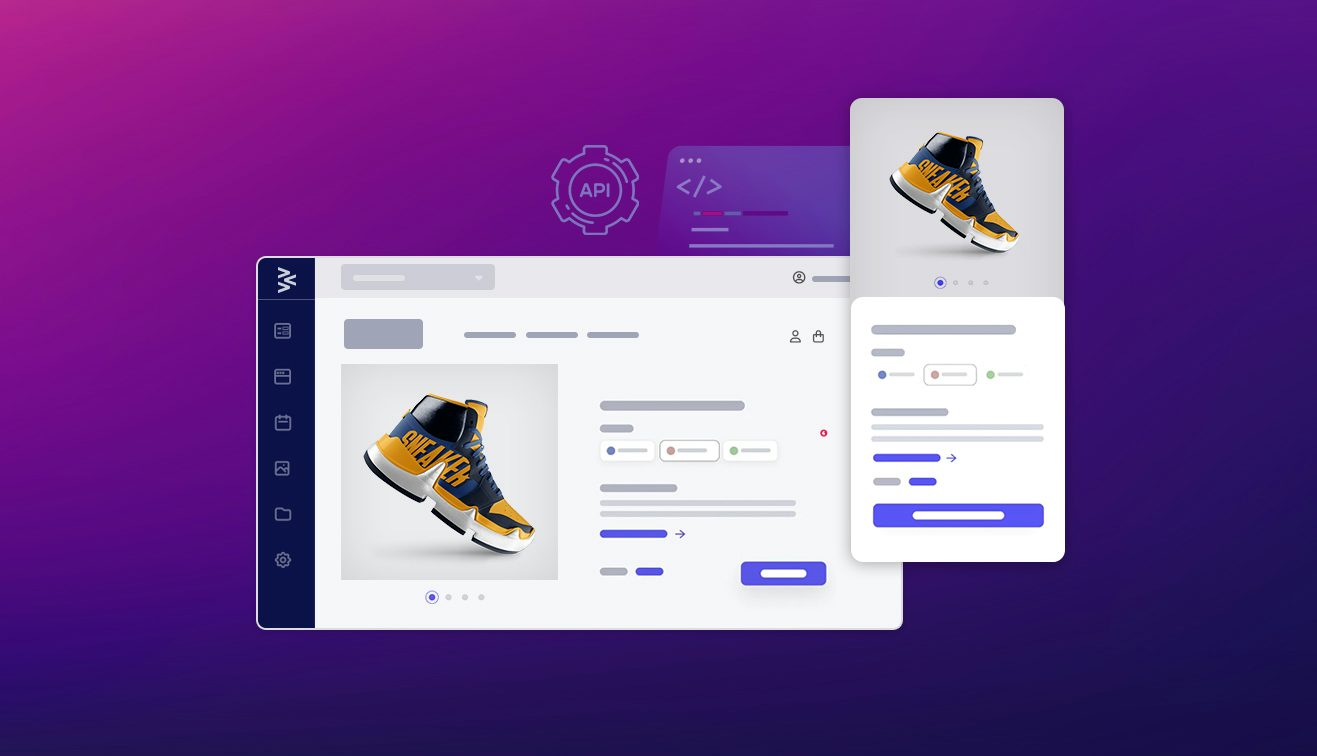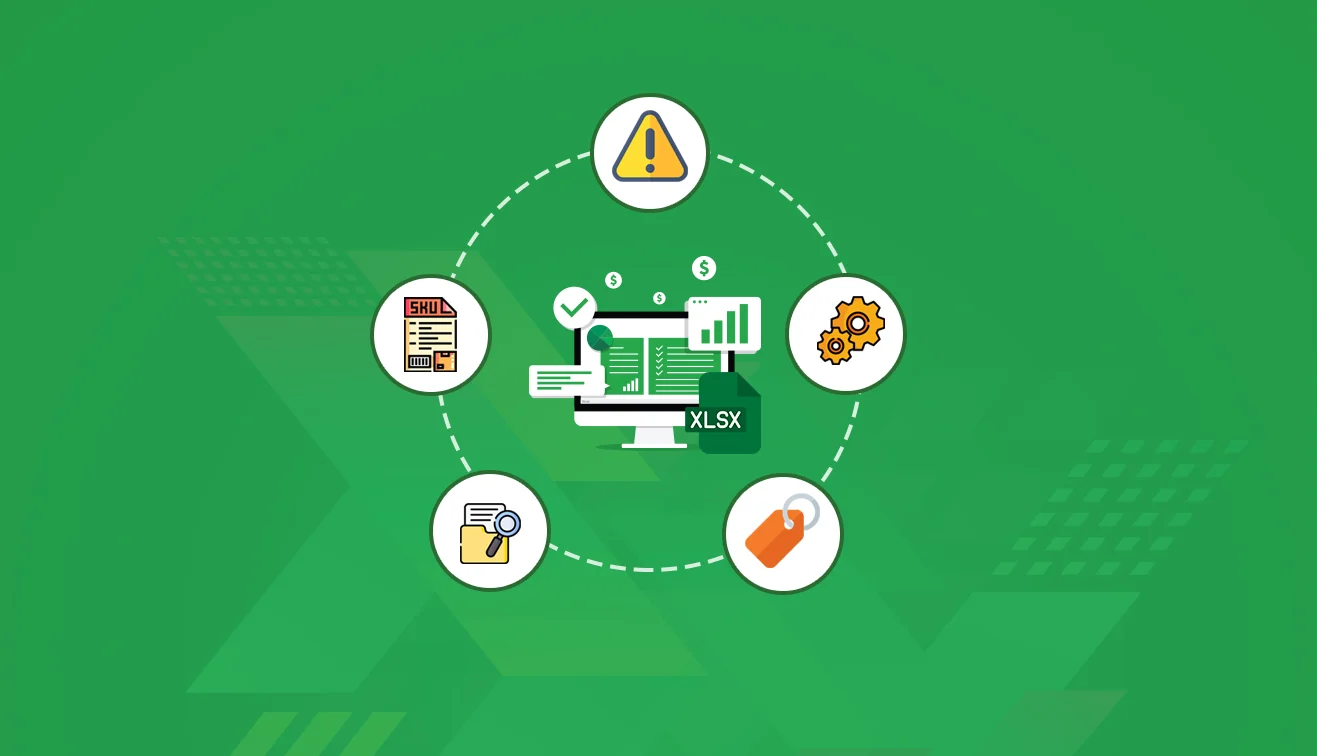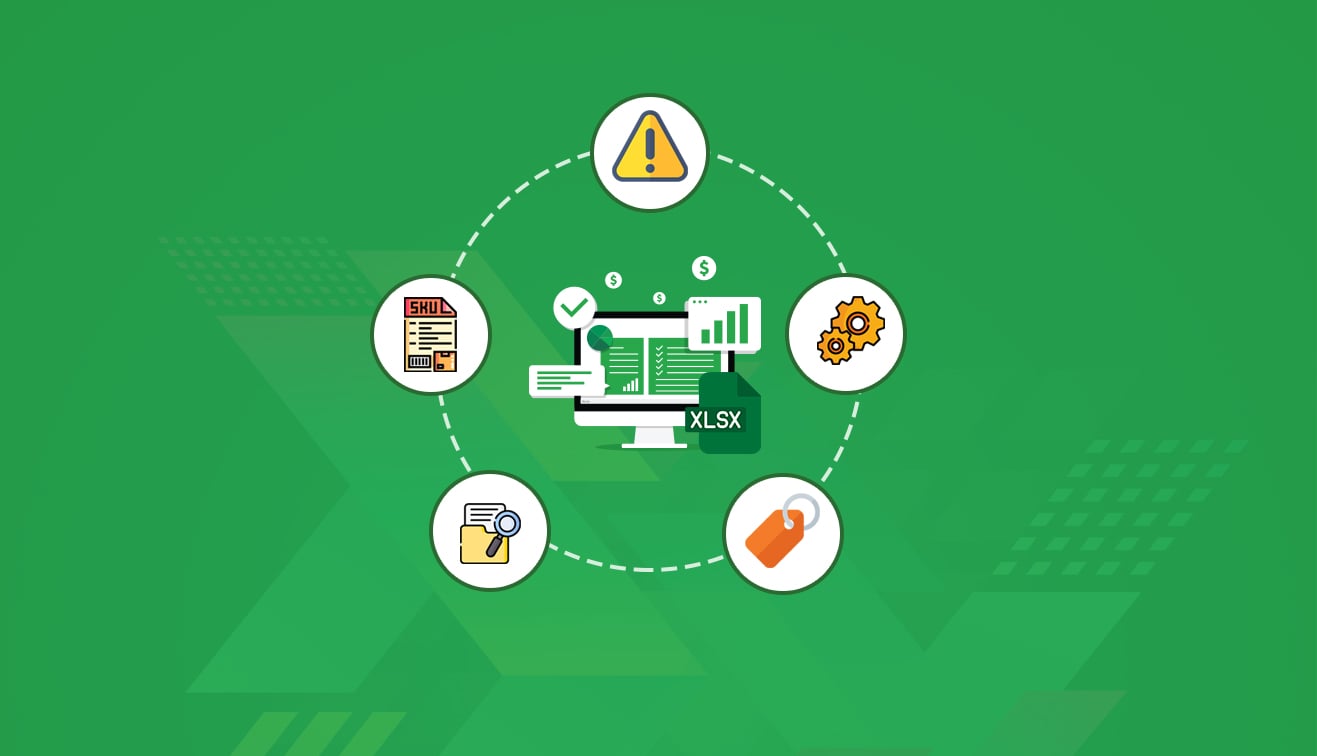Did you know that almost 90% of B2B buyers begin their purchasing journey online? This is why, selecting the right enterprise commerce solution can be a game-changer for CEOs. It’s not just about handling transactions—it’s about creating a foundation for seamless operations, exceptional customer experiences, and sustainable growth.
The right platform can drive your business forward, but finding the perfect fit can be overwhelming. This guide walks you through a clear, step-by-step process to simplify the decision and ensure you choose a solution tailored to your unique needs. Let’s get started.
Step 1: Realising your needs
Every business comes with its own unique set of challenges. The first step in choosing a commerce solution is identifying your specific pain points and goals.
- Pinpoint issues with your current systems, such as scalability limits, poor user experience, or inefficiencies.
- Define business objectives—expanding into new markets, improving operational efficiency, or enhancing customer satisfaction.
- Gather insights from cross-departmental stakeholders to create a comprehensive requirements list.
Step 2: Understanding risks of disruption
Switching to a new platform is a significant change, and disruption during the transition is inevitable. Mitigating these risks is crucial.
- Assess dependencies on existing systems and processes.
- Develop a phased rollout strategy to minimise downtime.
- Conduct pilot tests to identify and resolve potential issues early.
Step 3: Aligning with budget readiness
The cost of an enterprise commerce solution goes beyond initial implementation. CEOs need to evaluate both short- and long-term financial implications.
- Compare upfront costs (licensing, setup) and ongoing expenses (maintenance, upgrades).
- Align ROI expectations with achievable metrics like increased sales or improved efficiency.
- Set aside a buffer for unforeseen costs, such as customisations or third-party integrations.
Step 4: Comparing platforms for the best fit
Not all platforms are created equal, and choosing the right one involves detailed comparison and evaluation.
- Create a feature checklist focusing on scalability, integration capabilities, and user experience.
- Review case studies, customer reviews, and vendor reputations.
- Request platform demos and trials to assess compatibility with your requirements.
Step 5: Understanding the implementation process
Selecting a platform is only the beginning. CEOs must ensure they are prepared for a smooth and efficient implementation process.
- Familiarise yourself with the platform's implementation timeline.
- Plan for internal team readiness with appropriate training and resource allocation.
- Collaborate with the vendor to create a structured deployment strategy.













































































.jpg?w=3840&q=75)


.png?w=3840&q=75)











.jpg?w=3840&q=75)

